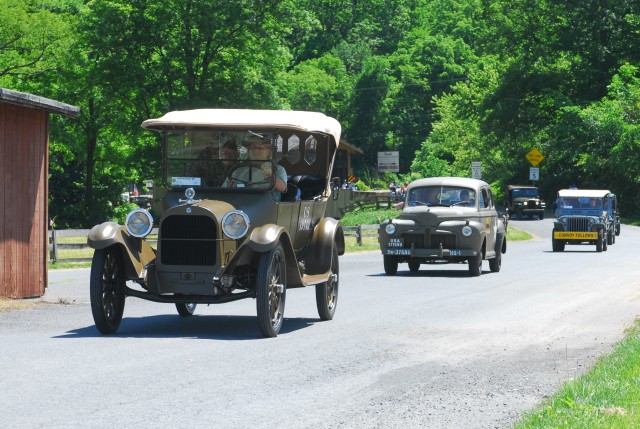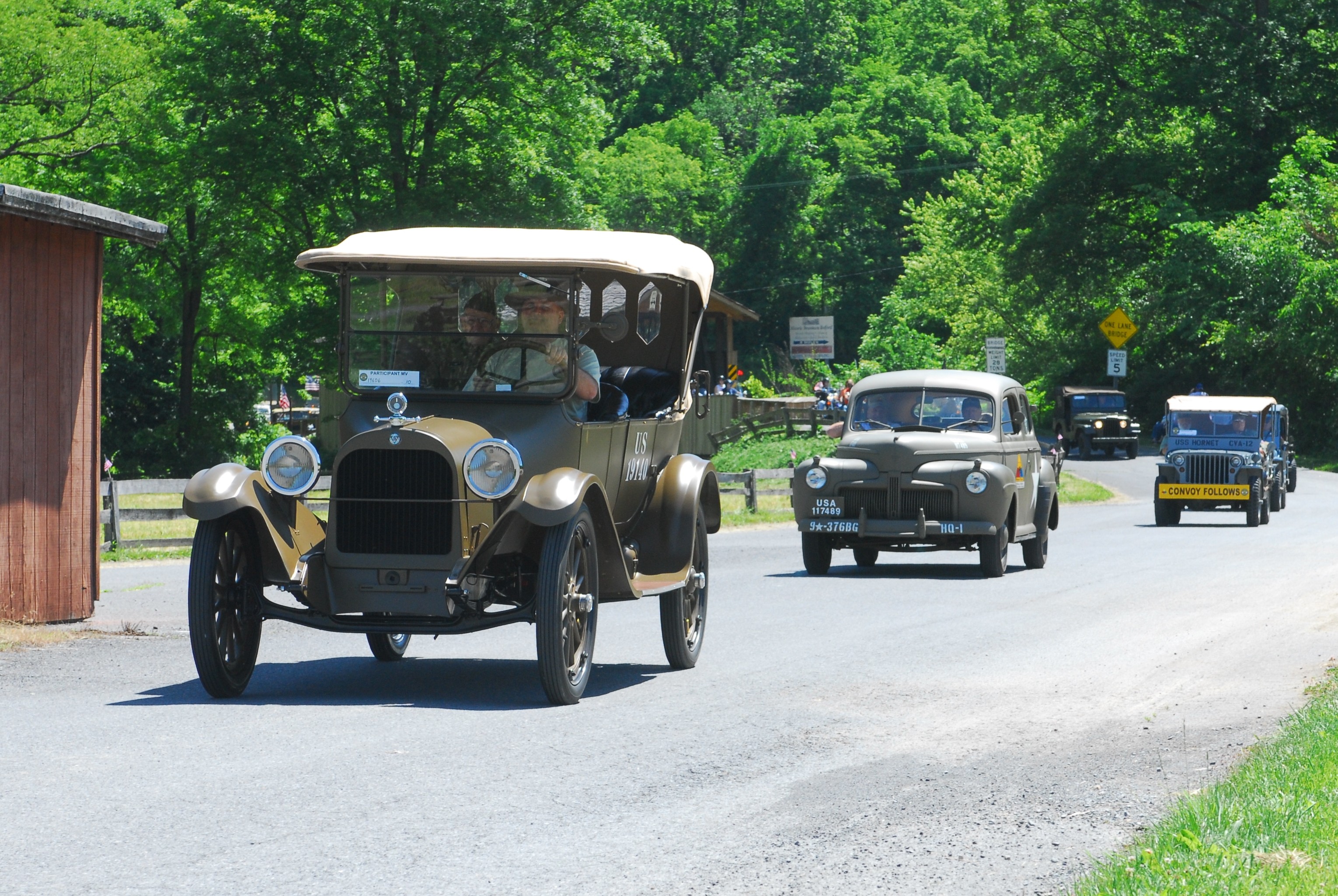
WOOSTER, Ohio Aca,!" In todayAca,!a,,cs world of super highways and 70 mile-per-hour speed limits, it would be impossible for most people to imagine traveling from Washington D.C. to San Francisco at six miles-an-hour. Well, that is exactly what happened when the first transcontinental motor convoy followed the nearly completed Lincoln Highway that stretched from one coast to the other in 1919.
After World War I, the War Department set out to see the possibilities of moving vehicles from coast to coast on relatively untested roads. At that time, the convoy featured a military officer who was young in age, but senior in rank, and who later became a U.S. President - a 29 year old Lt. Dwight D. Eisenhower.
After more than a year of planning, the convoy left Washington D.C. on July 7 with 81 vehicles. Through the 61 day trip they passed through 350 villages and towns and arrived in San Francisco on September 6, four days behind schedule, with only 72 vehicles. During the journey, the convoy endured progressively worse road conditions after leaving the paved section of roadway in Illinois. They also had several bridges collapse under the weight of the vehicles. During the trip, the convoy averaged 58 miles per day at a rate of six miles per hour.
Since that historic trek 90 years ago much has changed, to include improved roads and vehicle conditions. To celebrate and pay homage to the event and its previous participants, todayAca,!a,,cs version of the convoy features military vehicles from every era since 1919. The oldest vehicle was a model featured in the original convoy, a 1918 Dodge Brothers vehicle.
Aca,!A"It feels great and I am honored to be driving a car that did the original journey 90 years ago,Aca,!A? said Sgt. 1st Class Mark F. Ounan, 324th Military Police Battalion and the owner of the vehicle. Aca,!A"ItAca,!a,,cs going to take a lot of hard work and upkeep to make it the entire way, but itAca,!a,,cs definitely worth the effort.Aca,!A?
TodayAca,!a,,cs convoy retraces the exact route traveled by the original - to include many of the same stops within the same town and villages; many of town citizens presenting their overwhelming support ,presentations, and awards.
Aca,!A"The public support has been better then we could have ever imagined,Aca,!A? said Ounan. Aca,!A"In some towns the entire community comes out to see us.Aca,!A?
For instance, in East Palestine, Ohio, the convoy caught up with a woman who was supportive of todayAca,!a,,cs convoy, and more importantly, the original convoy which passed through her hometown in 1919.
Aca,!A"I remember seeing all the big trucks rolling through town and the Soldiers waving to me,Aca,!A? said Lucille Morris, who was four years old at the time. Aca,!A"Seeing the new convoy come here brings back so many memories and makes me very happy.Aca,!A?
The goal this time is to make it to San Francisco in 30 days while spreading military awareness and support, both from the past and the present. Thus far, the convoy participants are averaging a slightly faster pace of 30 miles-per-hour, and enjoying every mile of it.

Social Sharing